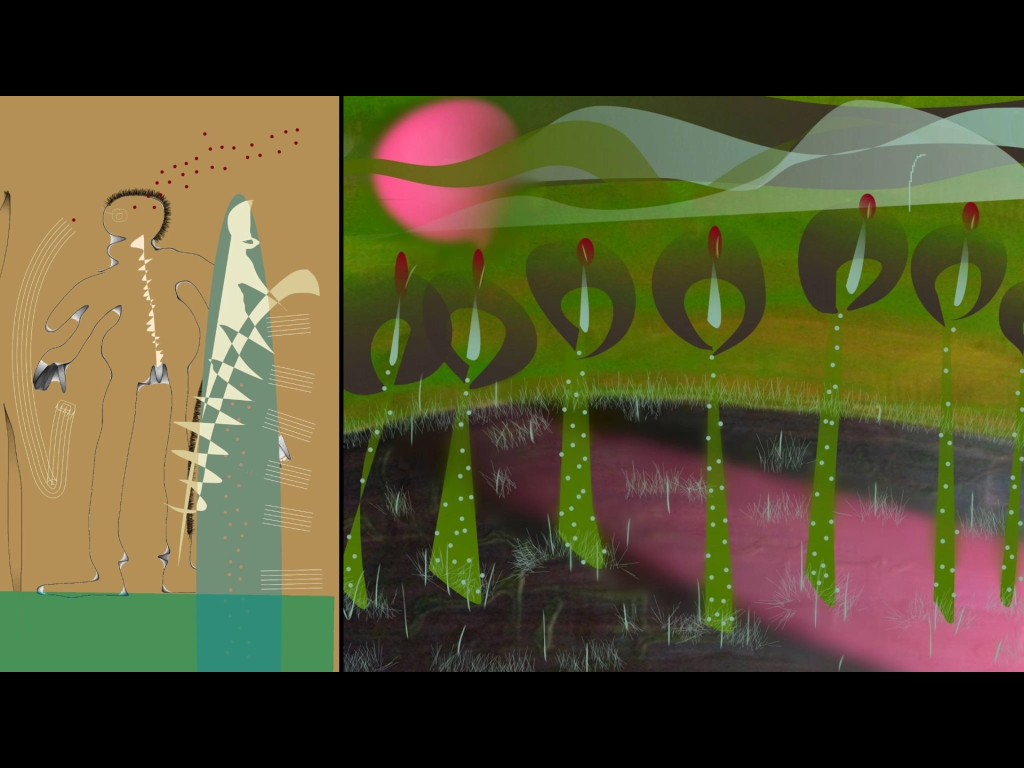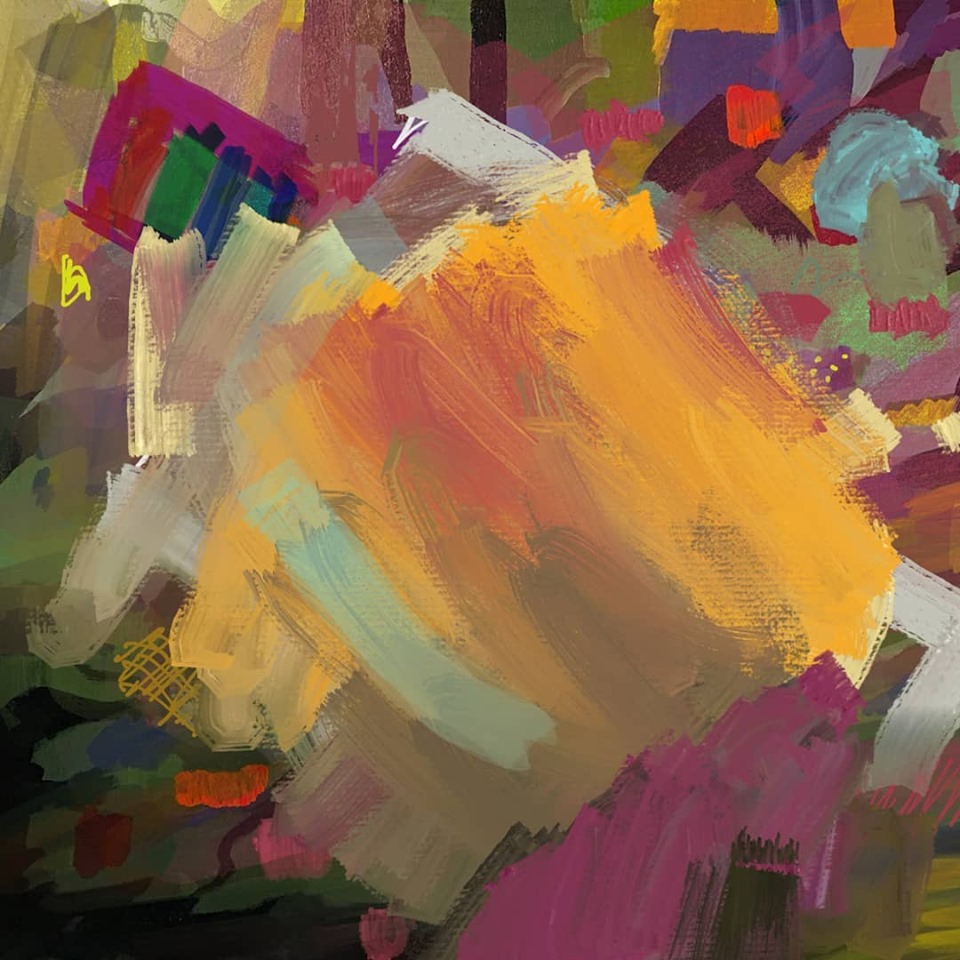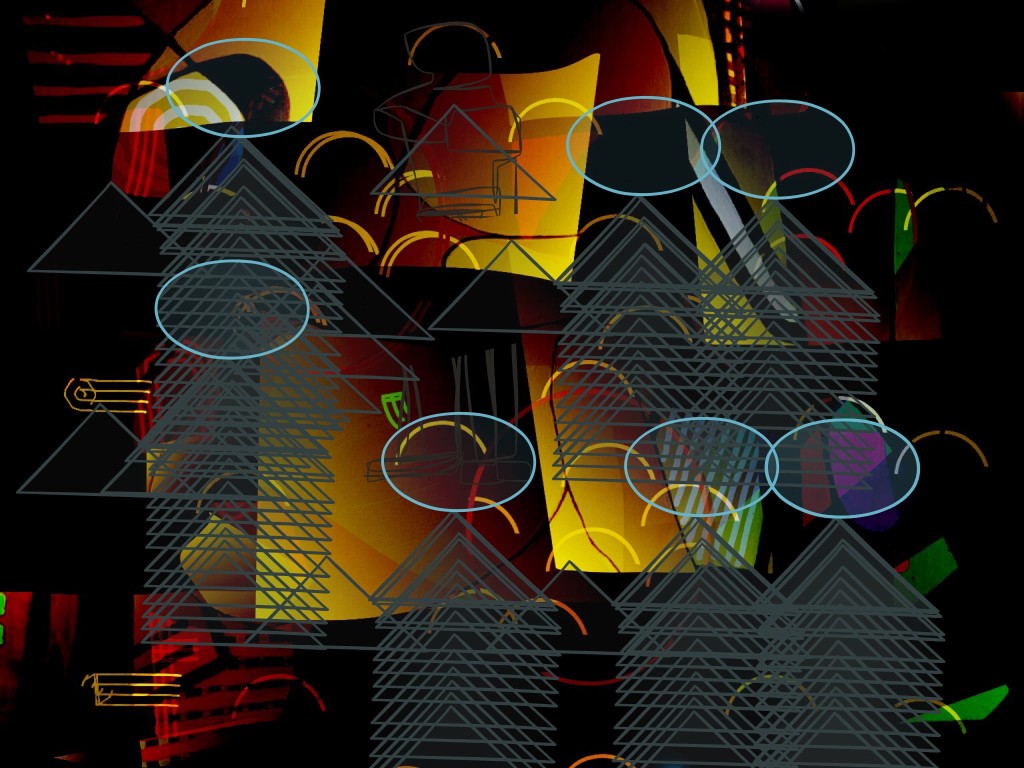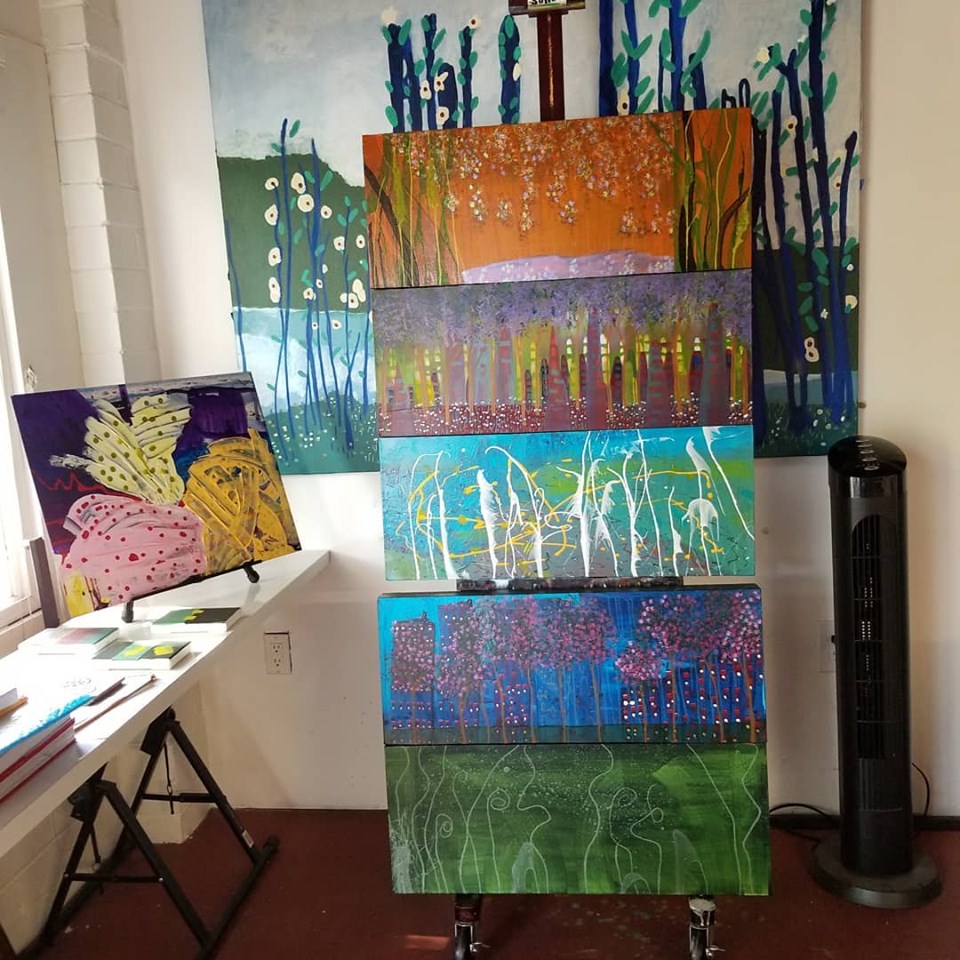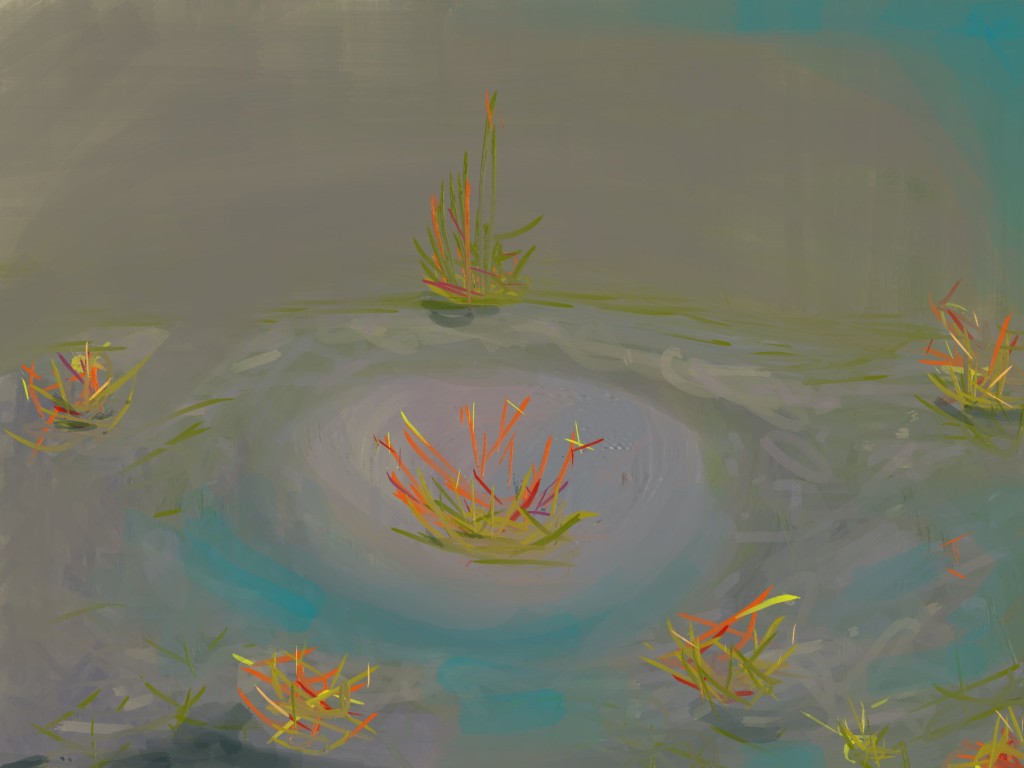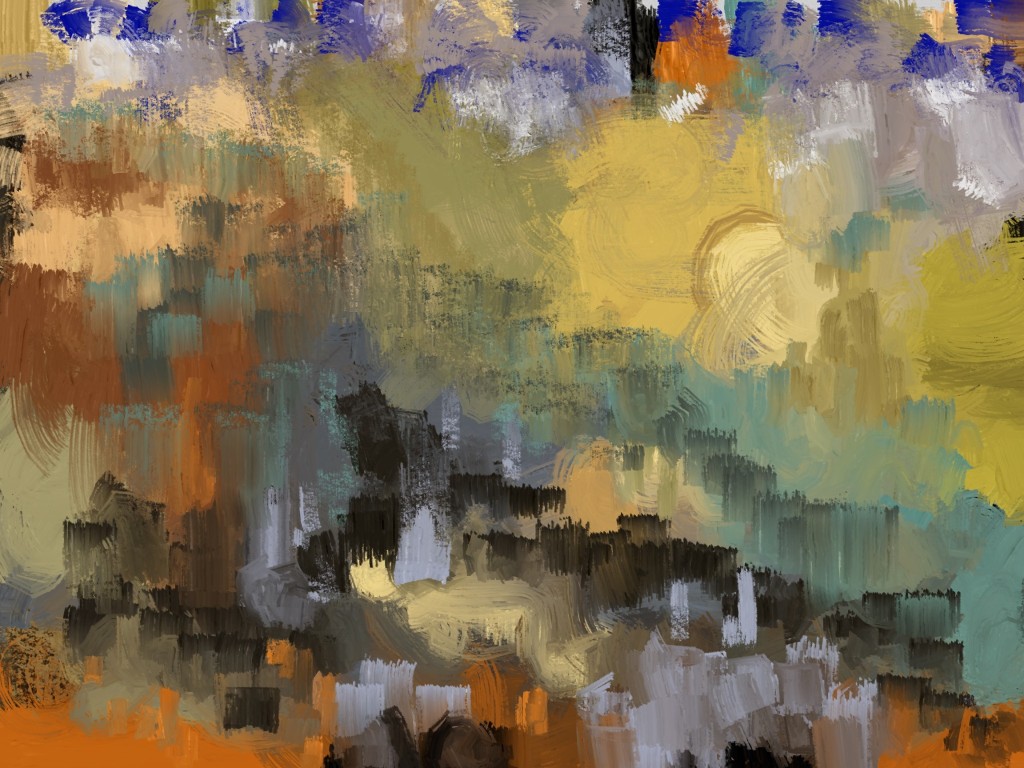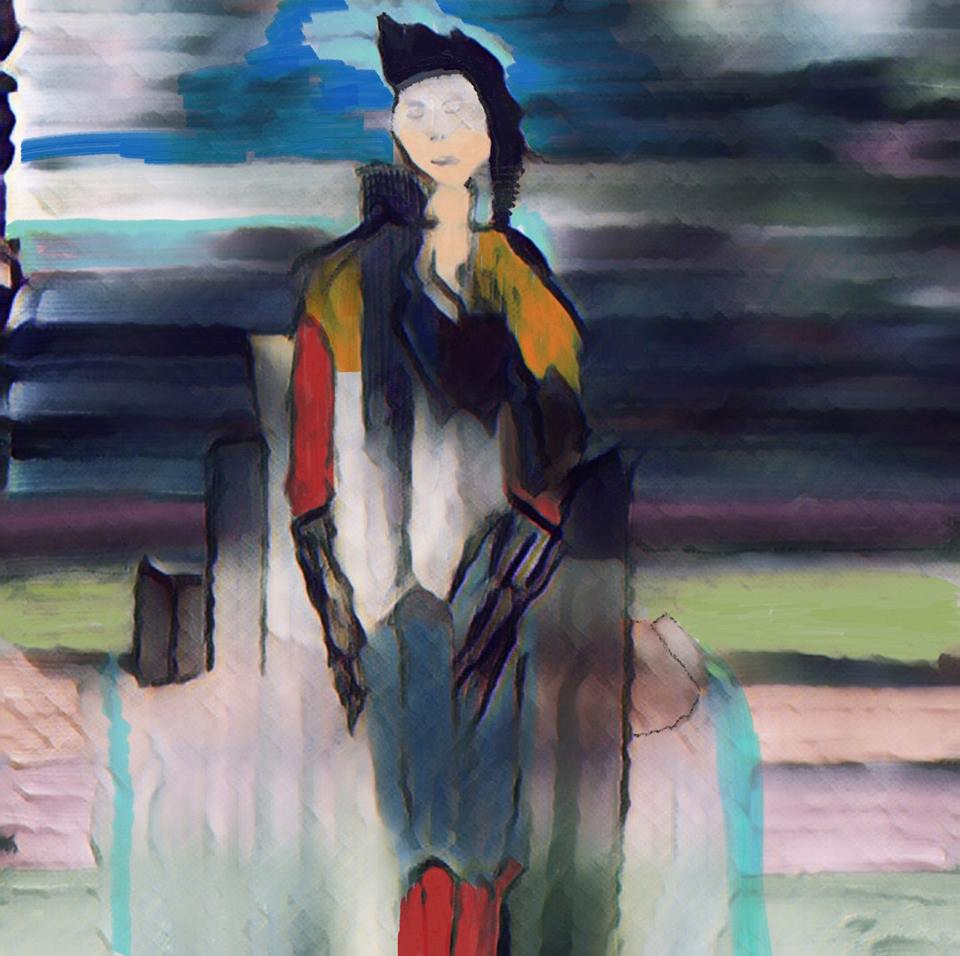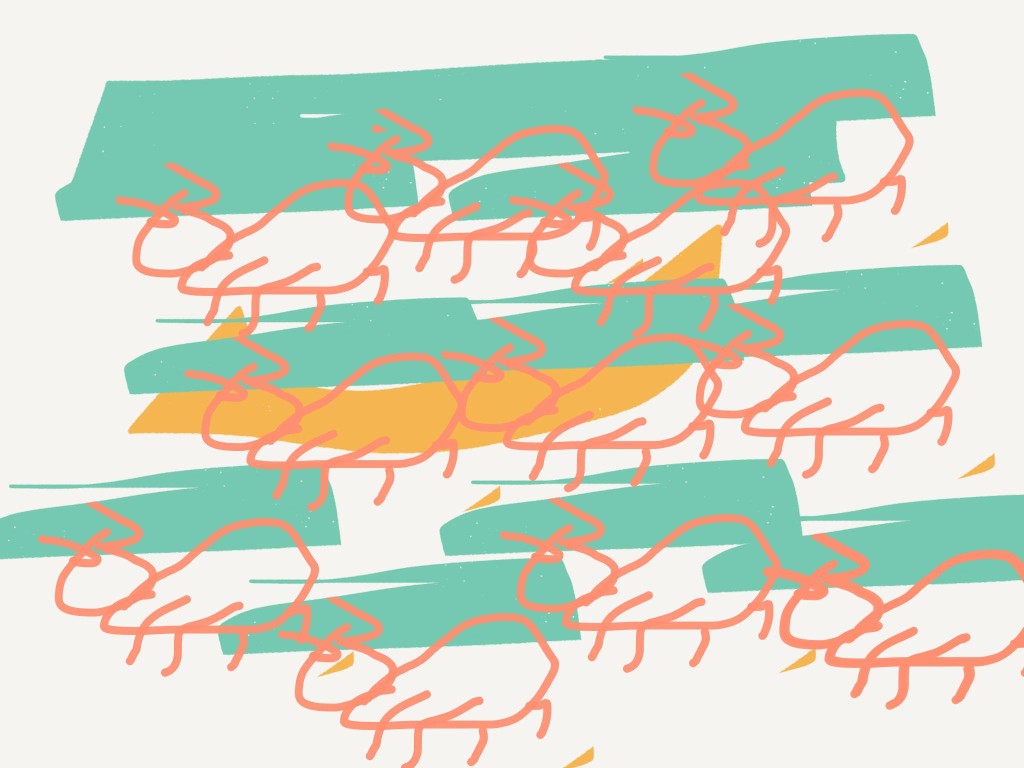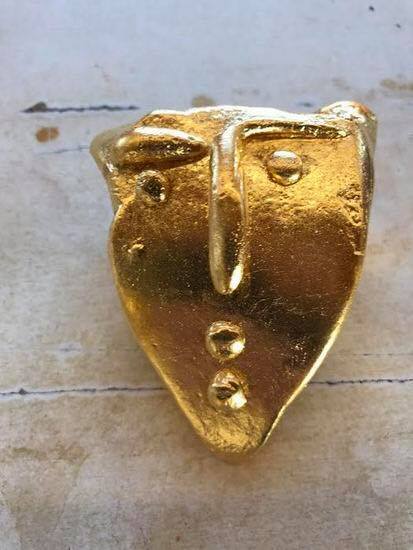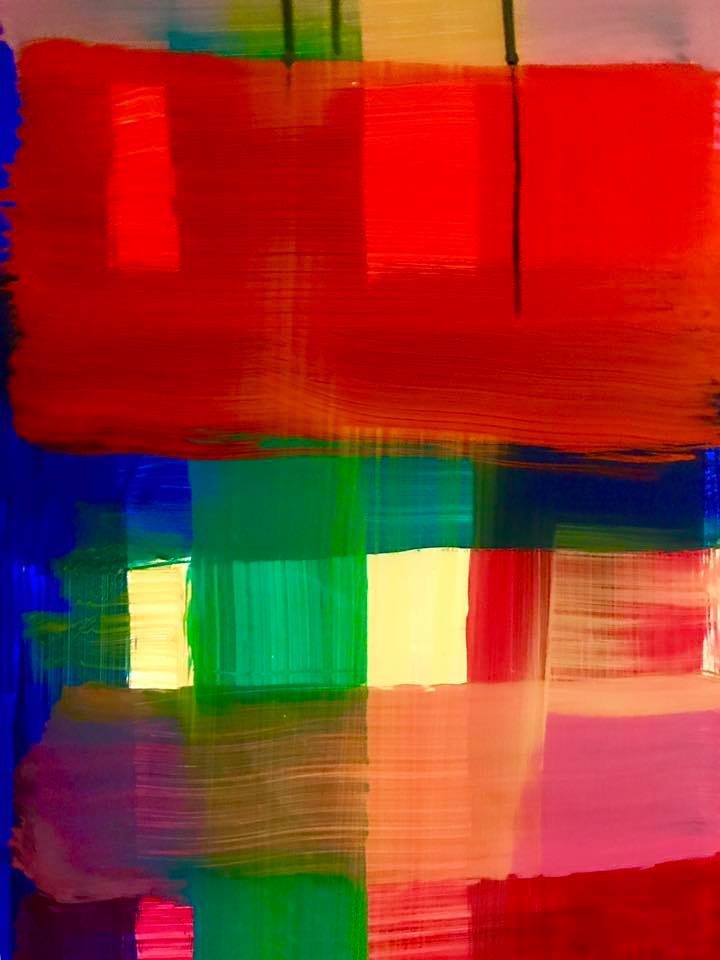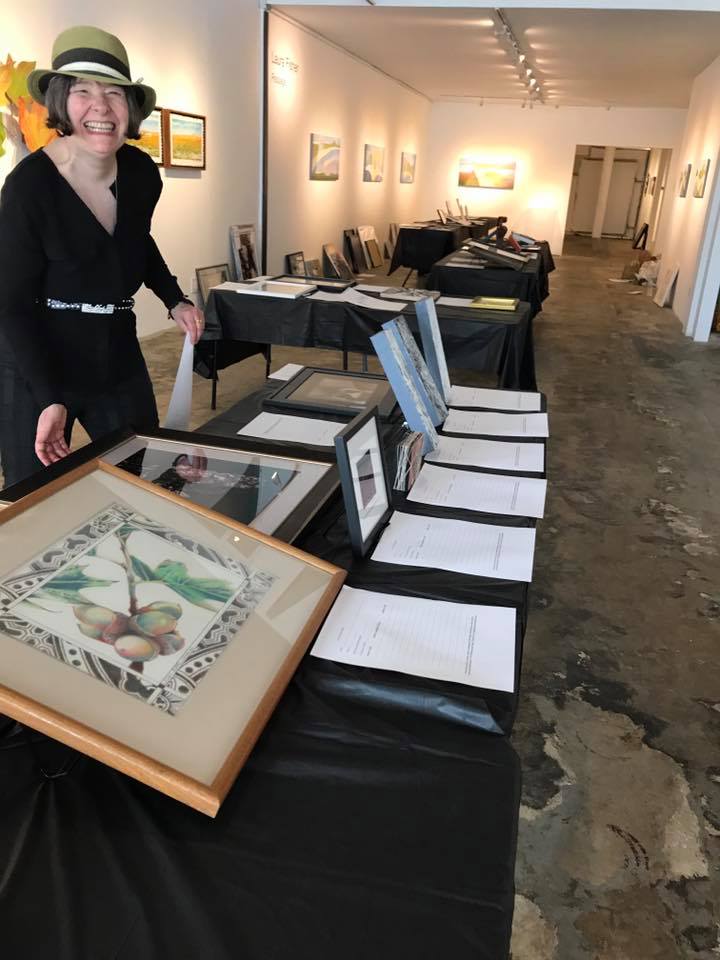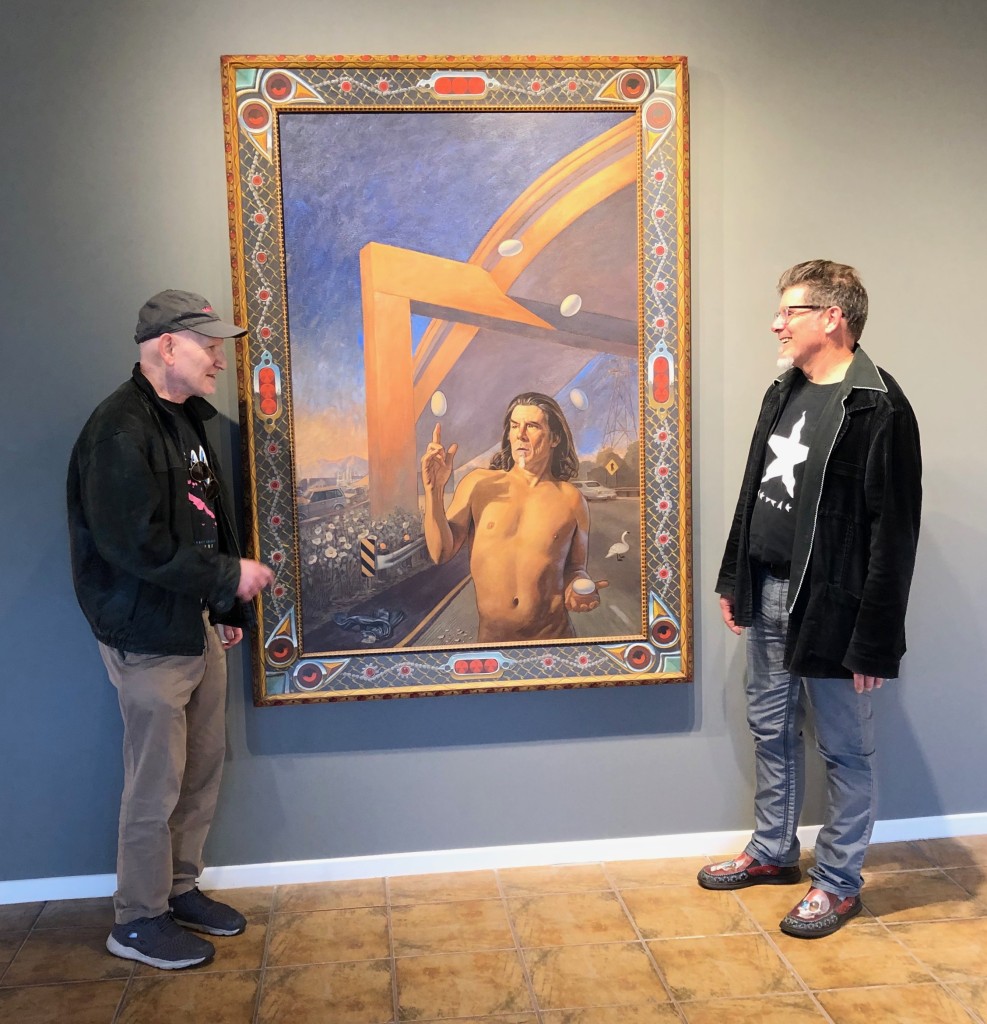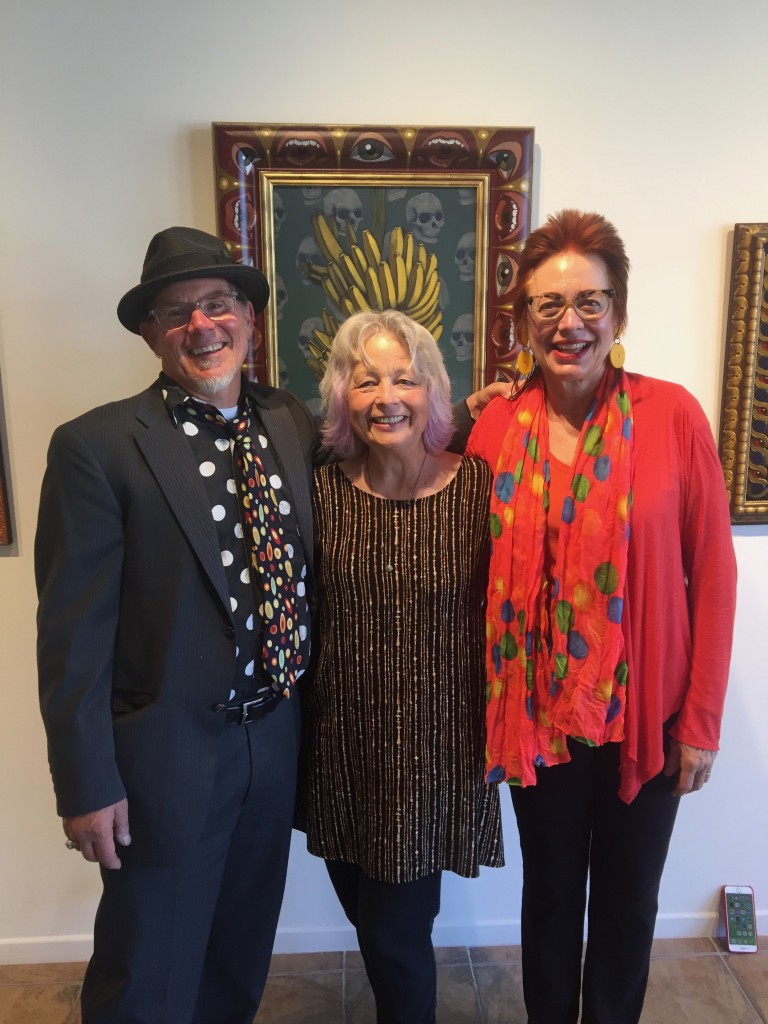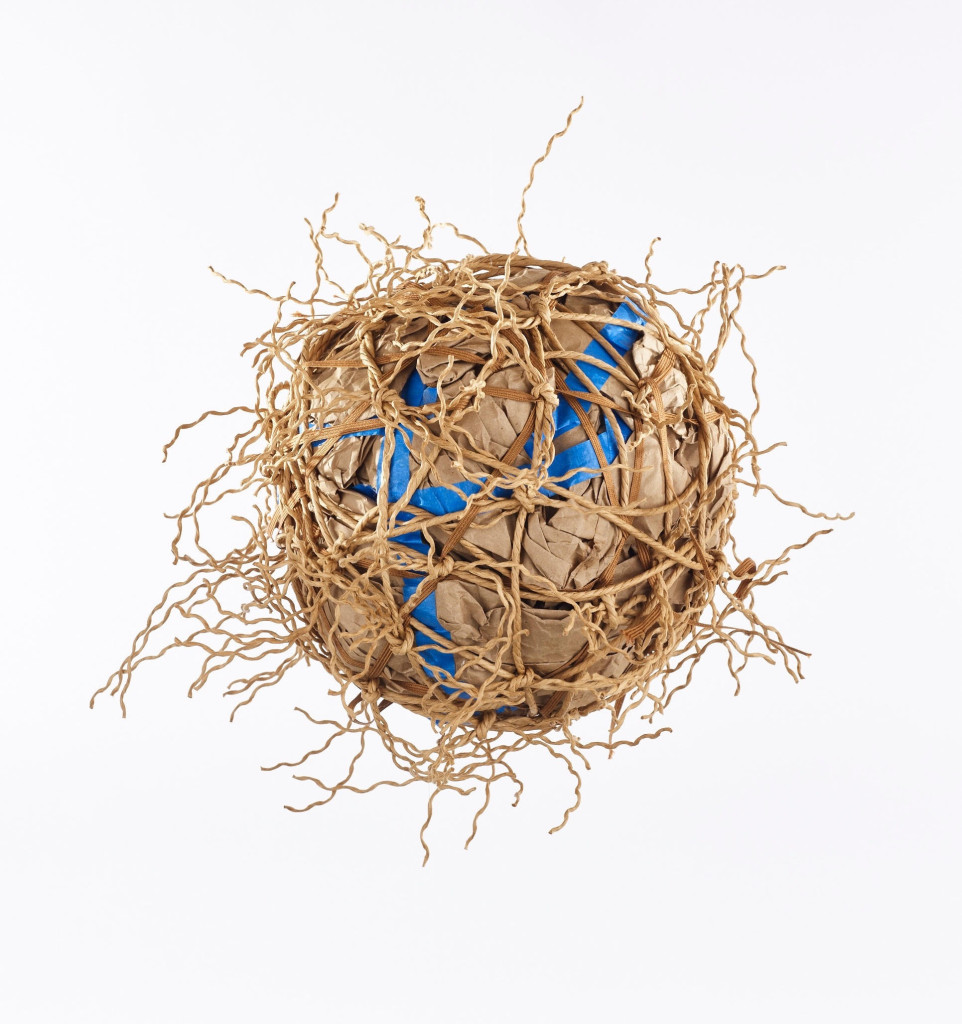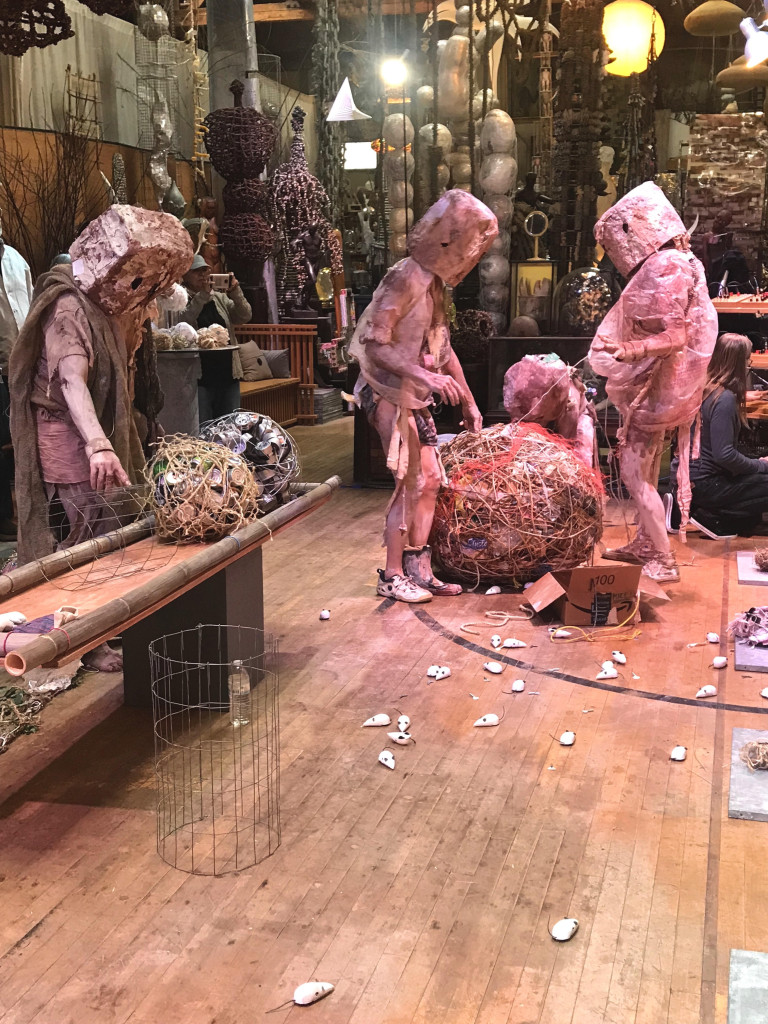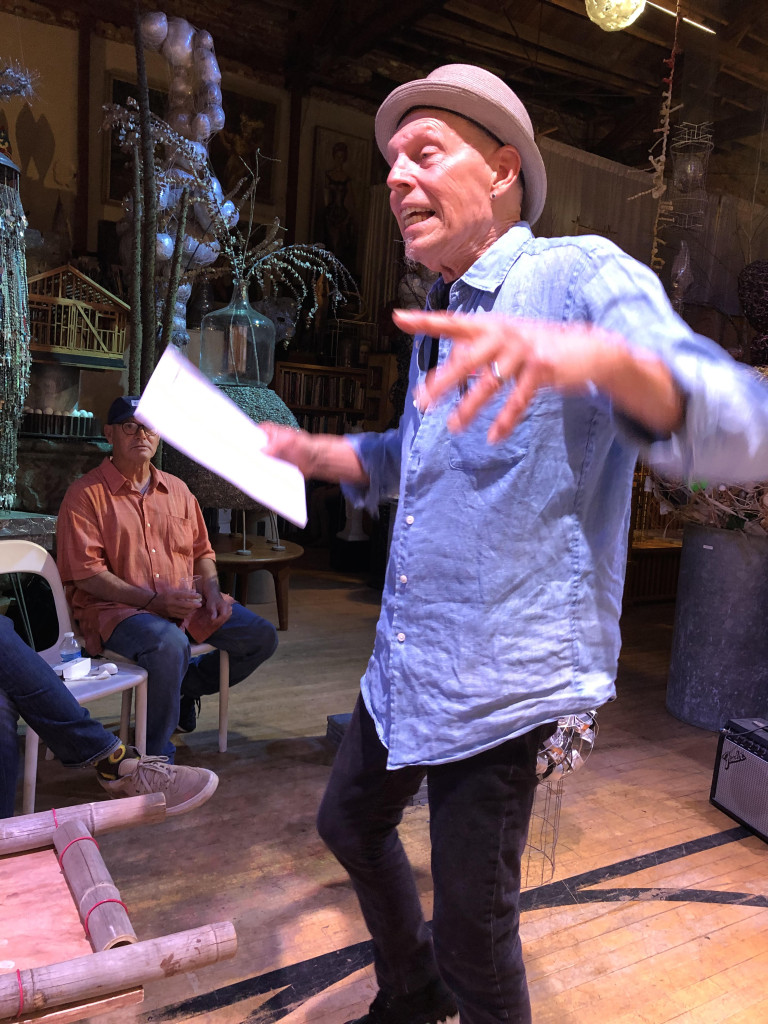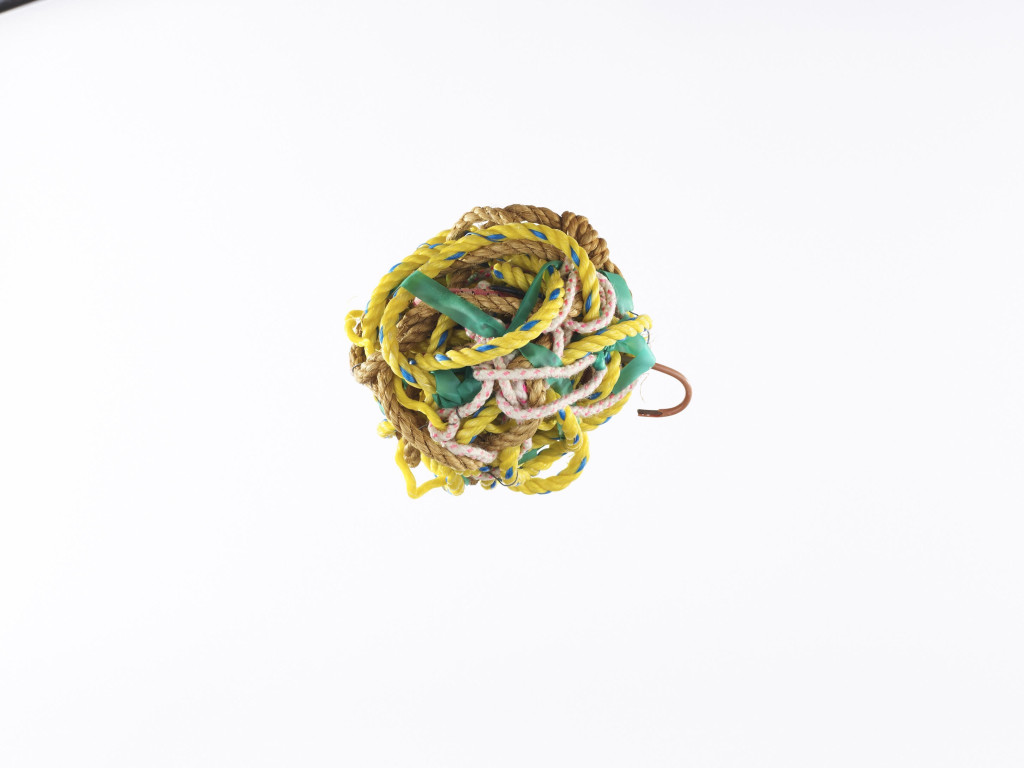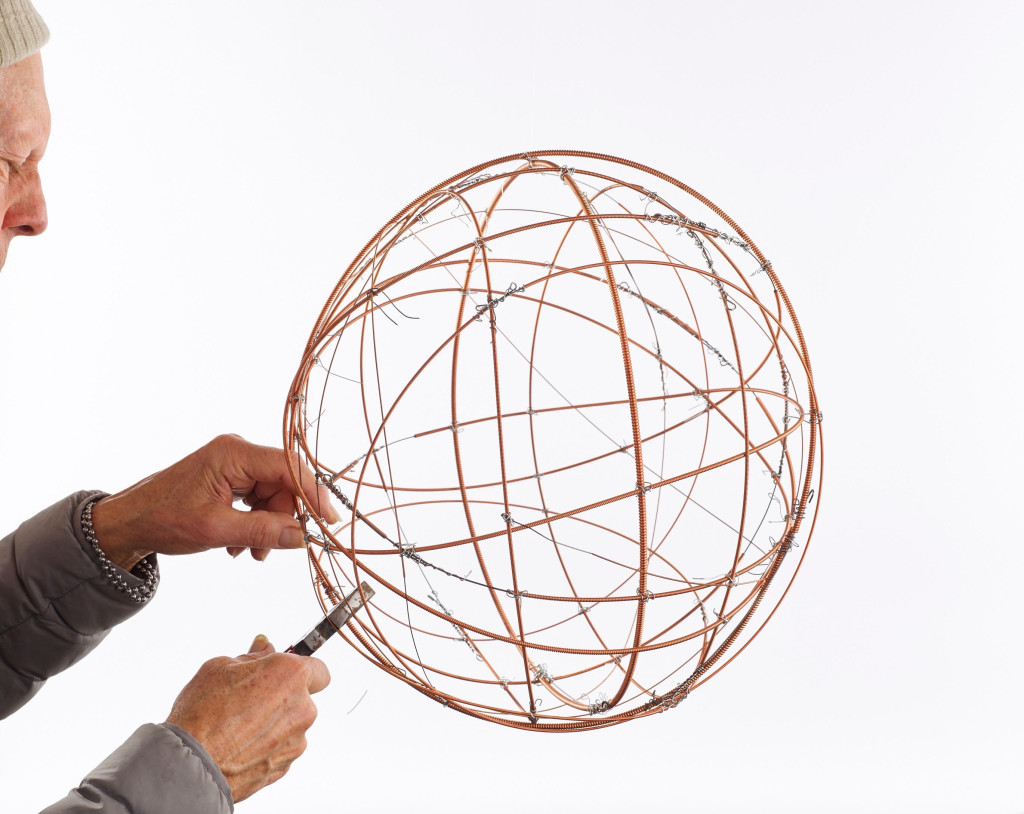Francisco Alvarado lives, breathes, and is art. He calls himself an “outsider artist,” creating his work on paper, canvas, or digitally on an iPad. “Sometimes I will make an art piece by physically working on wood, metal and or cardboard or some found material,” he says.
But Alvarado is in many ways more of an “inside” artist – he grabs at the soul within every living being, alive in the landscapes he sees, the abstracts he shapes.
He is improvistational in spirit, joyous in palette, his works radiant with light – both in terms of technique and intent.
Born in Ecuador, Alvarado says his work reflects “life experiences through…colorful abstractions.” Inspired by nature, travel, and flora and fauna, he uses vibrant colors and patterns, noting that in his work he often creates “happy pieces,” images that are also powerful and daring. And prolific.
“I work out of my home, so I don’t have much storage space and I am happy when the work goes out to shows or collectors,” he says modesly, adding that “I create work for me. I like the observation of people, places and everyday things and activities and the decisions-explorations that are made along the way; like taking a trip down a fork in the road… except that this type of exploration does not lock me in. I can always come back, allowing my curiosity to roam free.”
Alvarado sees art everywhere and creates works from images that inspire him to inspire his viewers.
“The possibilities are endless; the hard part is not having enough time to explore it all,” he explains. “My inspiration comes from my trips and the people and places visited.” A recent trip to France gave him new inspiration “In France, the nights make all the buildings stand out as the sun sets, much like California, but with a vibrant quality that is the people in the streets.”
He feels his work has a evolved in recent years, in part through his practice of painting based on his daily experiences. “I don’t have a traditional arc that I can trace regarding my work,” he notes. “About three years ago I made a decision to limit the colors I use to three basic colors – like downsizing the palette. I have been following this approach during my trips and daily walks, and taking pictures along the way to reference the moment. It has not been easy but the daily habit is helping me to stay focused.”
The voluminous and magical body of his work has shown up at a variety of locations recently. “Last year I had a lot of fun working with Robert Soffian at a residency with Shoebox Projects, and at the same time finishing a project for Artists and Reseachers 2 at Keck USC . The project teamed 13 USC Medical Researchers with 13 local artists. My role was to create a painting that reflected the work done by one team of researchers addressing youth suicide prevention.” According to Alvarado, “Both experiences reminded me how much I love working with others and community participation. I plan to do more of these later this year.”
His amazing color palette and vibrance he attributes to “observing with an inquisitive eye during my travels and daily walks. The pictures I take help me to select the colors to use.”
His diverse range of mediums leads to the question as to which he prefers, which he says varies.
“I work a lot of my sketches and color selection with the iPad, and that saves me a lot of time. I work daily, often at night, and will create two or more pieces. Often these pieces are finished and can go directly to print for a show or collector. In other cases, I would take one of these digital pieces and paint it on paper or canvas.” Alvarado stresses that “I like the scale of large canvas paintings, but I have to be mindful of my transportation and storage space.”
While he creates astounding figurative work, it is the abstract that draws him the most. “I like abstract work the most, in my mind taking a walk in a fantasy, a colorful nature walk.” He believes his childhood in Ecuador and travels with his family into the tropical forests and Amazon jungle created a lasting impression that figures into his work to this day, of “the people, the colorful landscapes, birds, and insects.”
Above, Alvarado recalls red ants at a picnic
Alvarado recently wrapped a solo show at the Monica Film Center in Santa Monica in May; in late June, a second solo show, curated by Skye Amber Sweet, concluded its run at the Vista Library. New projects range ahead.
Alvarado at Vista exhibition, photo and curation, Skye Amber Sweet
- Genie Davis; photos: Francisco Alvarado



